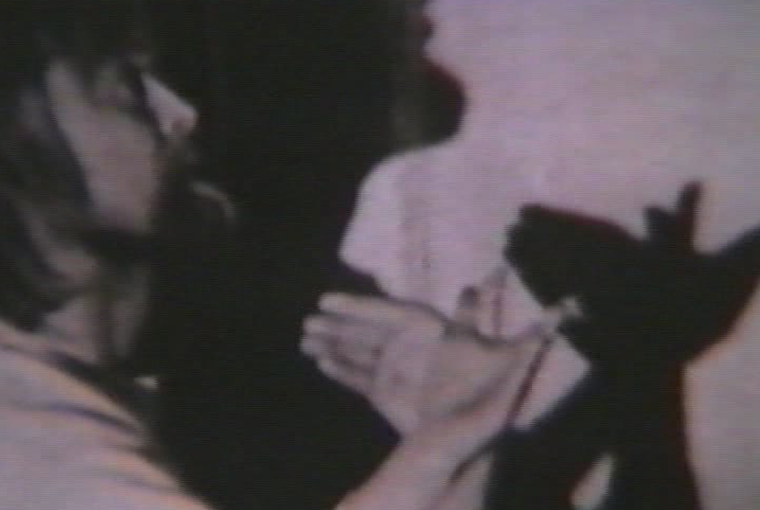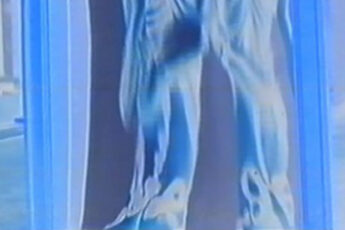
Video art, following its marginal older sibling, “experimental film”, has long attained the status of a respectable form of artistic expression. Though still considered niche, it is being collected, exhibited, studied, critiqued and taught, and has thus boasted a firm place in our (visual) culture. Unfortunately, the history of video art is often modeled from a Western vantage, tracing technological development in a way that conceals the varying cultural contexts within which the art has developed, and suggesting that the technology can be understood independently of history. In fact, the example of the post-Soviet space, and Ukraine in particular, shows that video art has arisen under widely different economic, political and social circumstances, in Ukraine’s case being influenced not only by the (limited) availability of new technology, but equally so by systematic upheaval, institutional transition, and singular events like the Chernobyl disaster.
In this month’s issue on experimental cinema and video art, we shed light on the contemporary art scene in Ukraine and examine how it has evolved since the end of the 1980s. Ukrainian video art emerged outside of major artistic institutions, and apart from the vanguard of technological development, creating its own artistic spaces to replicate itself. The exploration of the specificity of the medium coincides with a particular context, that is post-Soviet Ukraine and post-Maidan Ukraine, but also with postmodernism, as it is understood in theory and in art.
***
Our special issue features Bohdan Shumylovych’s study of the development of video art in the city of L’viv through the 1990s. The study places a special emphasis on transgressive themes in a context where the Soviet republic of Ukraine turned into post-Soviet Ukraine. Ianina Prudenko explores how sex, drugs, and corporeality are tied in with social criticism in the Ukrainian New Media art scene that emerged in the 1990s. Oleksiy Kuchanskiy analyzes how media-panic as a response to the Maidan revolution questions a new kind of representation in Mikola Ridny and Yuriy Hrytsyna’s contemporary video-works. We are also publishing an interview with Aleksandr Balagura, an experimental filmmaker who has made fiction and documentary films, about Ukraine but not only. Finally, our special issue features an article by Anna Doyle on Aleksandr Balagura’s film Antologion, a found-footage meditation on the Ukrainian poetic school.
Anna Doyle & Nathaniel Draper
Guest Editors




Leave a Comment